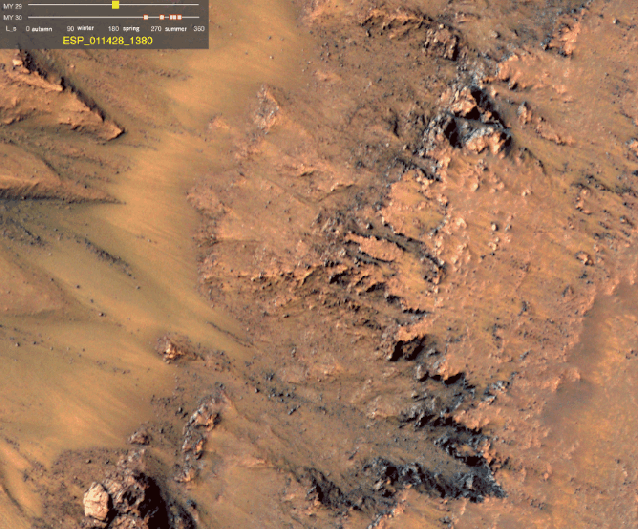
Via io9, Scientists at NASA’s JPL find the strongest evidence of currently extant water on Mars yet. “We still don’t have a smoking gun for existence of water…Although we’re not sure how this process would take place without water.”
Haunting the Web Since 1999

Via io9, Scientists at NASA’s JPL find the strongest evidence of currently extant water on Mars yet. “We still don’t have a smoking gun for existence of water…Although we’re not sure how this process would take place without water.”
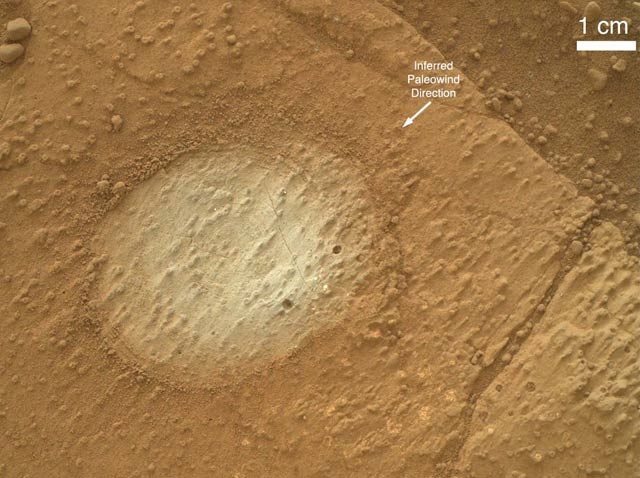
Where do bad folks go when they die? They don’t go to heaven where the angels fly. Mars? Hrm…well, maybe. Curiosity finds the remnants of what appears to be an ancient Martian lake in Yellowknife Bay, part of Gale Crater. Unfortunately, “[e]ven if there were fossils in the mudstone, Curiosity doesn’t have the right kind of equipment to see them. That job will be left to the Mars rover set to launch in 2020.”
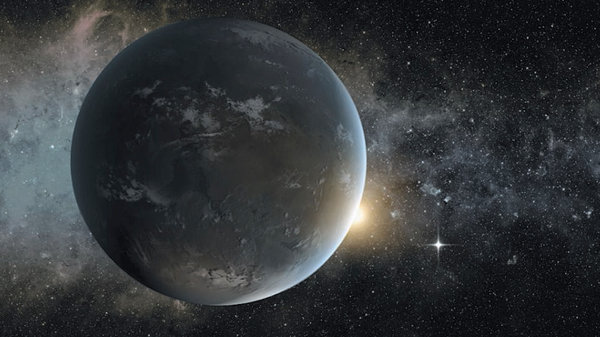
Of late, astronomers have been finding new planets all the time, including one right in our cosmic backyard. Still, these two seem special: NASA has found two of the most Earth-like planets yet in Kepler 62f and Kepler 62e, 1200 light years away.
“The Kepler 62 system resembles our own solar system, which also has two habitable planets: Earth and Mars, which once had water and would still be habitable today if it were more massive and had been able to hang onto its primordial atmosphere.”
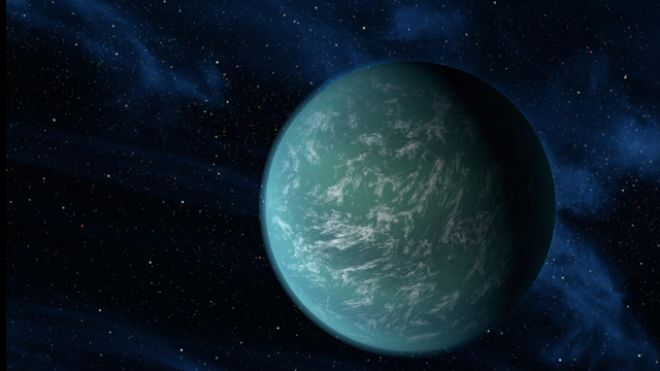
Moreover, just today scientists announced the discovery of two Earth-sized planets — Kepler 20e and Kepler 20f. “‘For the first time, we’ve crossed the threshold of finding Earth-size worlds,’ Torres says. ‘The next step is having an Earth-size planet in the habitable zone.’” And apparently Kepler 20f may have once had water, not unlike a planet closer to home…
“This is the single most bullet-proof observation that I can think of that we’ve made this entire mission regarding the liquid water.” Something to consider if we don’t manage to tackle global warming by 2006 — the prior existence of water on Mars is further confirmed through a trail of gypsum left within an ancient rock. “Both the chemistry and the structure ‘just scream water,’ Squyres added.“
And, on a grander scale, astronomers have begun to uncover supermassive black holes (no, not those ones) at the centers of galaxies. These are “the biggest, baddest black holes yet found in the universe, abyssal yawns 10 times the size of our solar system into which billions of Suns have vanished like a guilty thought.” In other words, plenty of room for Maximillian Schell to get lost in there…Tread carefully.
“‘There’s nothing about it that would preclude life. In fact, it seems very friendly,’ said mission scientist Samuel P. Kounaves of Tufts University. ‘We were flabbergasted.‘” Hope y’all like asparagus: Early tests by the Mars Phoenix seem to indicate that the Martian soil is more nutrient-rich than anyone expected. “Carbon-based organic material, however, has not been found and may be impossible to detect with the equipment now on Mars.“
“It’s with great pride and a lot of joy I announce today we have found proof that this hard material really is water ice and not some other substance.” Signs have pointed in that direction for awhile now, and particularly since the Phoenix landed. But now, it seems we have really, truly, definitively found ice on Mars. “The next questions to answer are what chemicals, minerals and organic compounds might be mixed in with the water. ‘Just the fact that there’s ice there doesn’t tell you if it’s habitable,’ Smith said. ‘With ice and no food it’s not a habitable zone. We don’t eat rocks — we have to have carbon chain materials that we ingest into our bodies to create new cells and give us energy. That’s what we eat and that’s what has to be there if you’re going to have a habitable zone on Mars.‘”
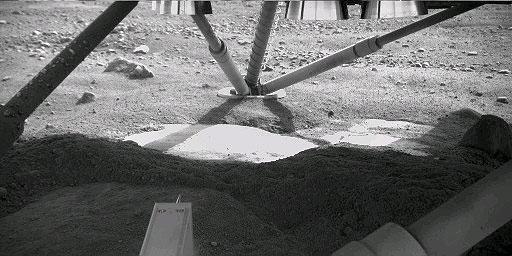
“In my dreams it couldn’t go as perfectly as it went tonight, we went right down the middle.” Touchdown: NASA’s Phoenix Mars Lander, soon to look for water in the Martian Arctic, lands without incident in the Vastitas Borealis plains. Congrats!
NASA prepares a probe, named Phoenix, to dig for water on Mars. “Upon reaching Mars in May 2008, the spacecraft is to land just as the winter ice begins to recede around the polar cap.”
New photos released by NASA from the Mars Global Surveyor seem to suggest the possibility of surface water on Mars, which would make any attempt to visit — or colonize — the red planet considerably easier (although, obviously, it’s still no walk in the park.)